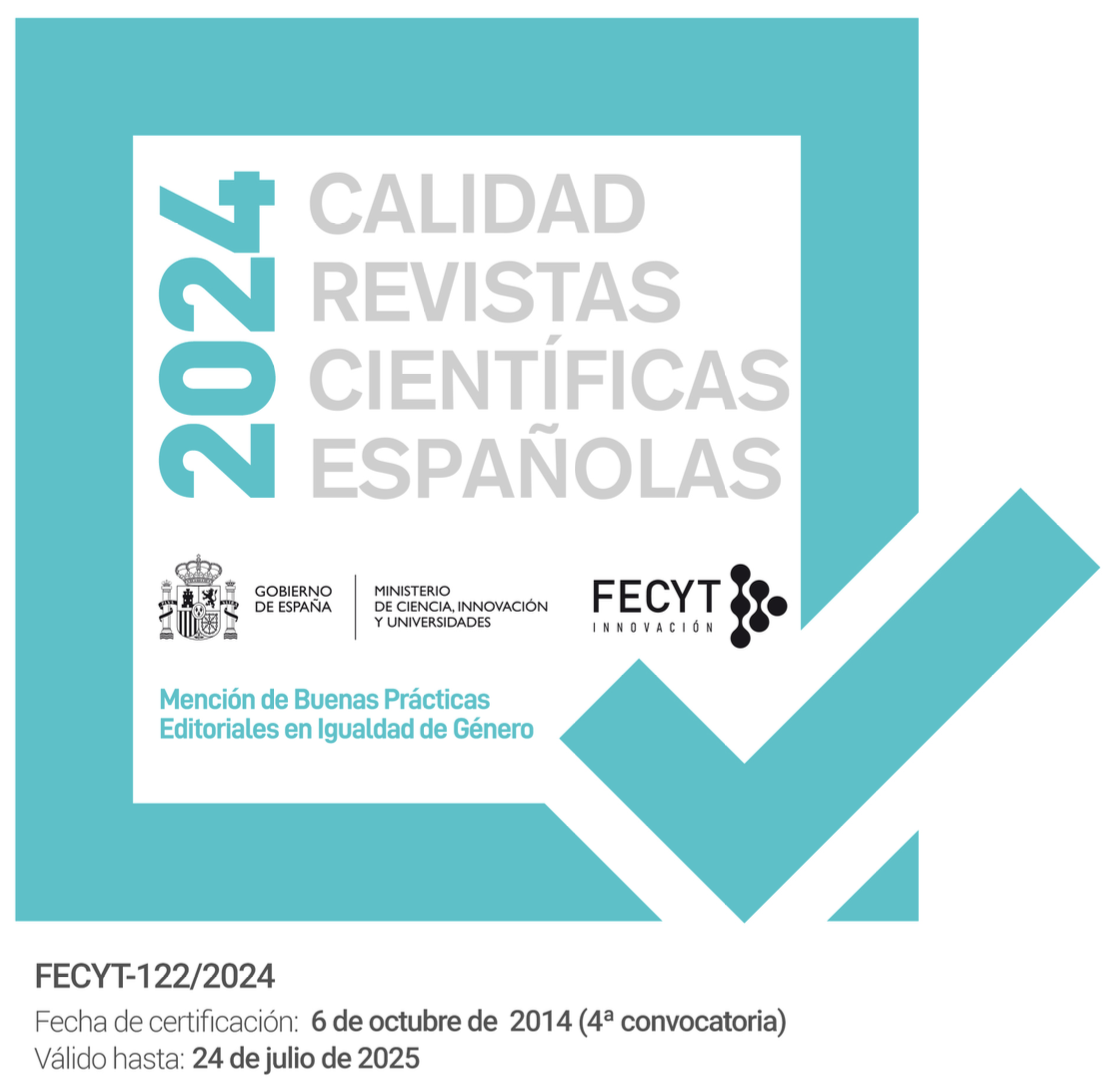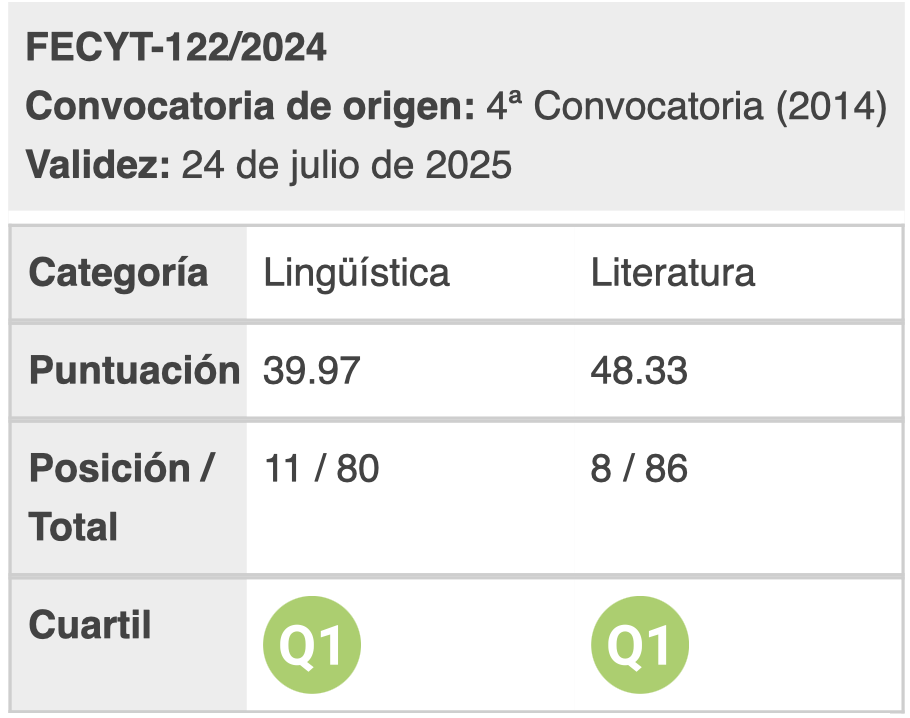Translating Sex(uality) from English into Spanish and Vice-versa: A Cultural and Ideological Challenge
Abstract
Much has been written on gender and translation over the last two decades with an emphasis on feminist translation, on the translation of woman’s body or on the (re)discovery of a growing genealogy of translating—and translated—women in diverse languages and cultures. In this paper I wish to focus on the translation of sex-related language. Without a doubt, sex—and more specifically, sex-related language—is overwhelmingly present in our daily lives, in our texts, in our symbolic projections. Though traditionally proscribed for a number of reasons, the study of the translation of sex is nowadays more openly dealt with, though it has been given little attention in the field of translation studies (Larkosh 2007, 66). Translating the language of love or sex is a political act, a “cas limite” (Flotow 2000, 16) with important rhetorical and ideological implications, and is fully indicative of the translator’s attitude towards existing conceptualisations of gender/sexual identities, human sexual behaviors and society’s moral norms. Here I explore the fluid, two-way relationships between sex and translation: first we explore the sex of translation, which might prove to be an essentialist search; and then we deal with the translation of sex, focusing on the treatment of love and sex in the Spanish or English translations of the works of John Cleland, Almudena Grandes and Mario Vargas Llosa. This is a privileged vantage point from which to explore the complex construction of women and men in different languages and cultures, and to gain ideological and discursive insights into the constitution of gender and sexual identities.
Keywords: gender; sex(uality); translation; sex/gendered-related language; John Cleland; Almudena Grandes; Mario Vargas Llosa




